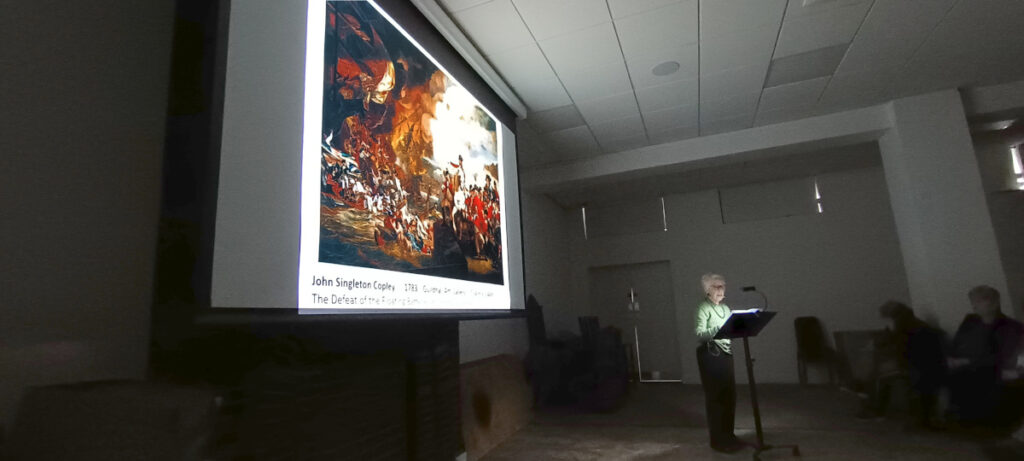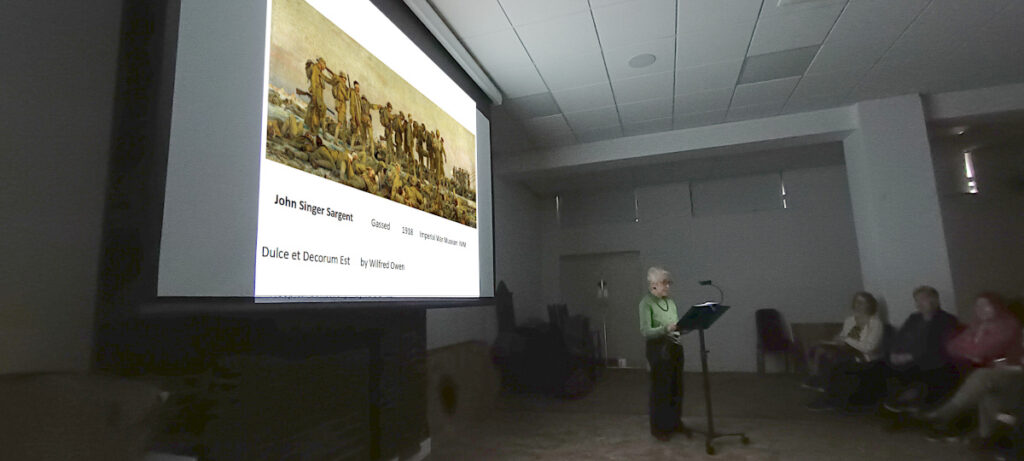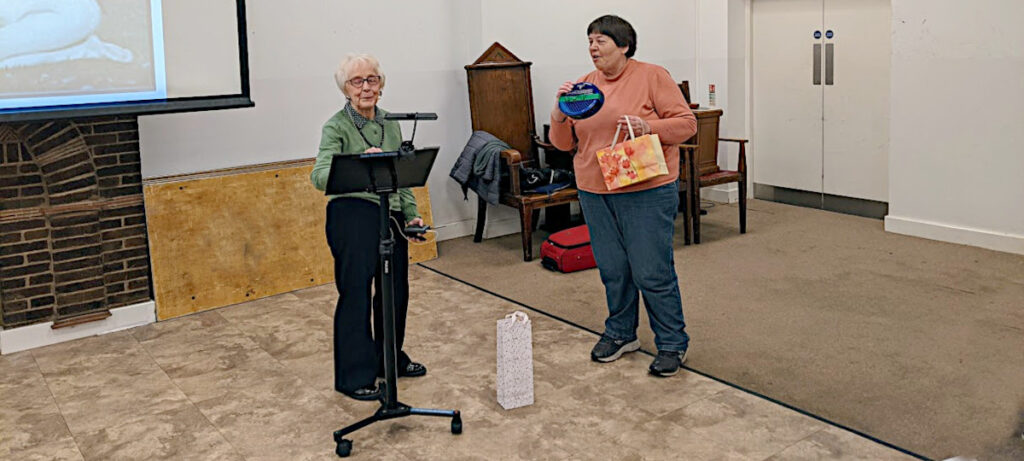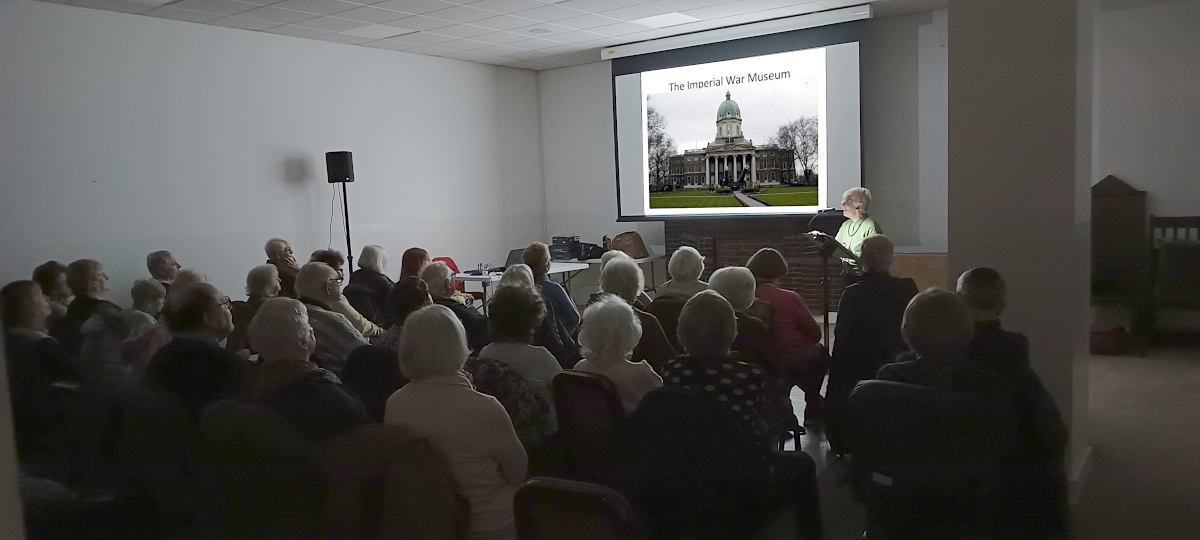Our course of lectures delivered by Jennifer came to a close on 22 March 2024 with an investigation of the role of art in the various wars we have seen in history. Many of the examples were taken from the Art Gallery within the Imperial War Museum, which itself has an interesting history.
We started with the history of the Imperial War Museum itself which in its earlier life had served as one of the locations of the London Bethlem Mental Hospital. The hospital had originally been located in Bishopsgate in 13th Century, and had relocated 1676 to Moor Field, close to the heart of the City of London. A further move to St George’s Fields had been completed in 1815. The Imperial War Museum itself had been established in 1917, and had opened in 1920 at Crystal Palace. It had then moved to South Kensington in 1924, and to Lambeth Road in the central part of the Bethlem Mental Hospital building (which itself had relocated to Beckenham) in 1936. The museum only occupied the central part of the building, the two long wings being demolished to create the surrounding parkland.

War and warriors have always featured in works of art. However, the depiction of war and the degree of reality in that depiction have changed significantly. Jennifer illustrated this by showing us works by Reynolds, J S Copley, Benjamin West, and Turner. It was Lady Elizabeth Butler who provided a turning point from the glory of the Scots Greys charge at Waterloo to the despondency of Remnant of an Army at Jellalabad. From there, the art we saw took on a darker tone.

In particular, many were saddened at the images in Gassed by John Singer Sargent, and Making a New World by Paul Nash. His brother, John Nash, had also experienced the horror of war and depicted it in his paintings. Christopher Nevinson’s paintings showed the brutality and waste, as did those of Henry Tonks. There were also works demonstrating how war had changed life back in Britain, with works by Lavery, Airey and Atwood.
Many of the paintings we were shown can be found in the Imperial War Museum in Lambeth Road, SE1 6HZ. The Imperial War Museum is a global authority on conflict and its impact on people’s lives. The Members expressed their appreciation to Jennifer at the end of the course with a selection of gifts and a card.


